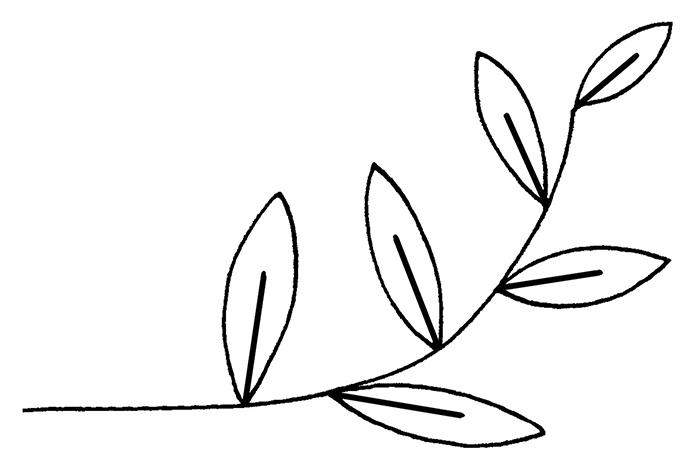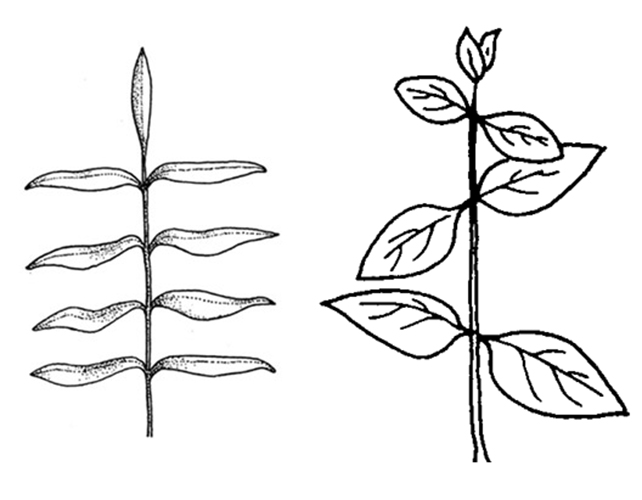Bacopa Aubl.
water hyssop, herb of grace, brahmi
Scrophulariaceae
Diodia, Lindernia, Lysimachia, Macbridea, Micranthemum, Myriophyllum (rarely confused), Oldenlandia, Rotala, Veronica
tropical and subtropical regions of world, particularly America
Bacopa australis D.C. Souza
B. caroliniana (Walter) B.L. Rob. (B. amplexicaulis)
B. innominata (M.Gómez) Alain
B. lanigera (Cham. & Schldl.) Wettst.
B. monnieri (L.) Wettst.
B. myriophylloides (Benth.) Wettst.
B. salzmannii (Benth.) Edwall
B. serpyllifolia (Benth.) Pennell
Bacopa caroliniana is introduced into Australia.
B. egensis (Poepp.) Pennell is introduced into the United States.
Native species of Bacopa (B. rotundifolia (Michx.) Wettst., B. monnieri, and B. eisenii (Kell.) Pennell) are known to be weeds in rice crops.
terrestrialterrestrial:
(adj) growing on land as opposed to living in water
, amphibiousamphibious:
(adj) of a plant able to live on land or in water
or obligately aquatic stem plantstem plant:
(n) (a term used in the aquarium and pond plant trade) having an elongate stem (as opposed to a compact stem)
Annual or perennialperennial:
(adj) (of a plant) having a life cycle of more than two years
, decumbentdecumbent:
(adj) (of stems) having a portion lying along the ground, with upper parts erect or ascending
 or erect. Stem hairy or smooth. Leaves oppositeopposite:
or erect. Stem hairy or smooth. Leaves oppositeopposite:
(adj) (of leaves) two leaves per node; in pairs on opposite sides of an axis
 or whorledwhorled:
or whorledwhorled:
(n) bearing whorls; a type of leaf arrangement (phyllotaxis) in which leaves are in whorls
 , sessilesessile:
, sessilesessile:
(adj) attached directly, without a stalk
 ; leaf bladeblade:
; leaf bladeblade:
(n) (syn. lamina) the flat, expanded part of a leaf, frond, or petal (excluding, e.g., the petiole)
 round to linear, venationvenation:
round to linear, venationvenation:
(n) the arrangement of veins in a leaf
palmate or pinnatepinnate:
(adj) in the form of a feather; of, e.g., leaflets, lobes, or veins: arranged in two rows along an axis
. Flowers solitary or in pairs in leaf axils, usually actinomorphicactinomorphic:
(adj) of flowers, having radial symmetry; capable of being bisected into identifical halves along more than one axis
, with 5 sepals and 5 petals, usually white, blue or purple. Dispersal and propagation by seeds and stem fragments.
often found as a littorallittoral:
(adj) of or along the shore
inhabitant of streams, lakes, and wetlands
This genus contains 70-100 species, most of which are terrestrialterrestrial:
(adj) growing on land as opposed to living in water
or amphibiousamphibious:
(adj) of a plant able to live on land or in water
; several species (e.g., B. myriophylloides) are obligate aquatic. Only four species are commonly cultivated. A terrestrialterrestrial:
(adj) growing on land as opposed to living in water
plant with coarsely toothed leaves and white flowers sold as Bacopa is actually Sutera diffusus. Species of Bacopa are usually aromatic, with a lemon scent when damaged, and plant extracts are used as herbal remedies.
Hydrotrida caroliniana (Walter) Small is a synonym of Bacopa caroliniana (Walter) B.L.Rob. and only distinguished by the presence of a ring of bristles around the base of the ovaryovary:
(n) a hollow organ at the base of the carpel of a flower in which ovules are produced
. One character is not sufficient enough to form a separate genus, especially when several other features are shared (Pennell, 1946). As in most literature and flora, we treat Bacopa caroliniana (Walter) B.L.Rob. as the accepted name.